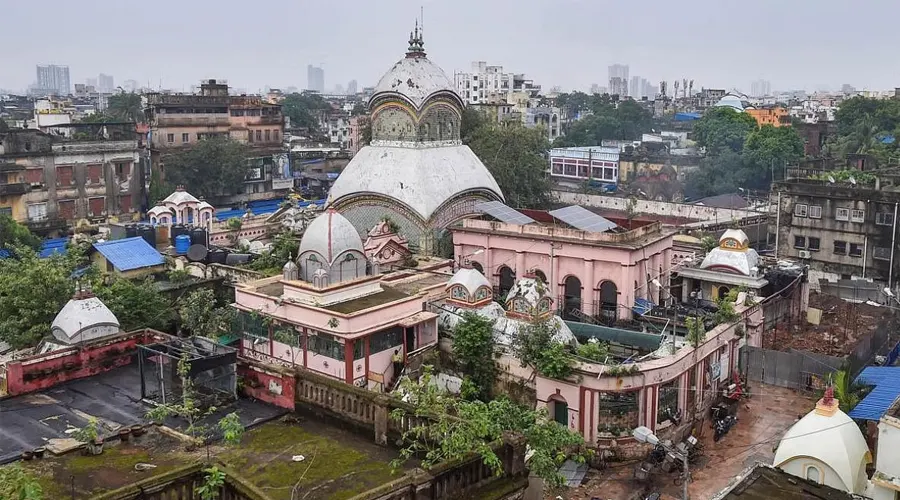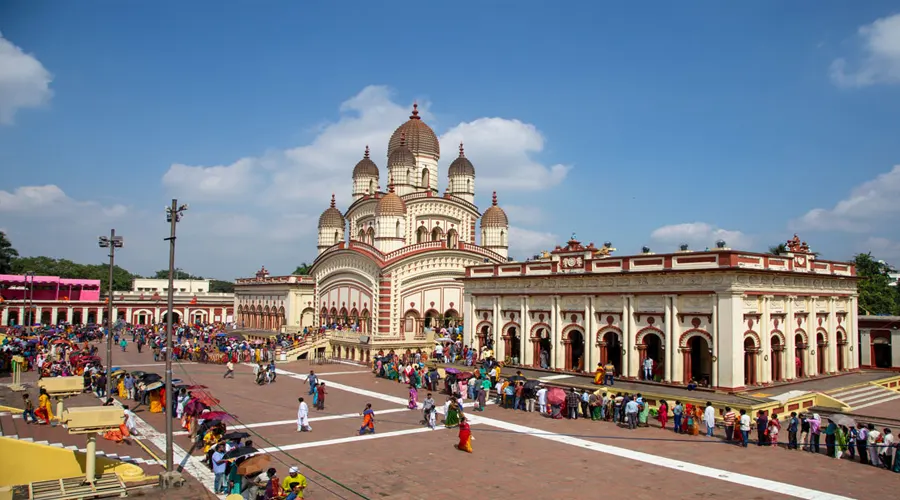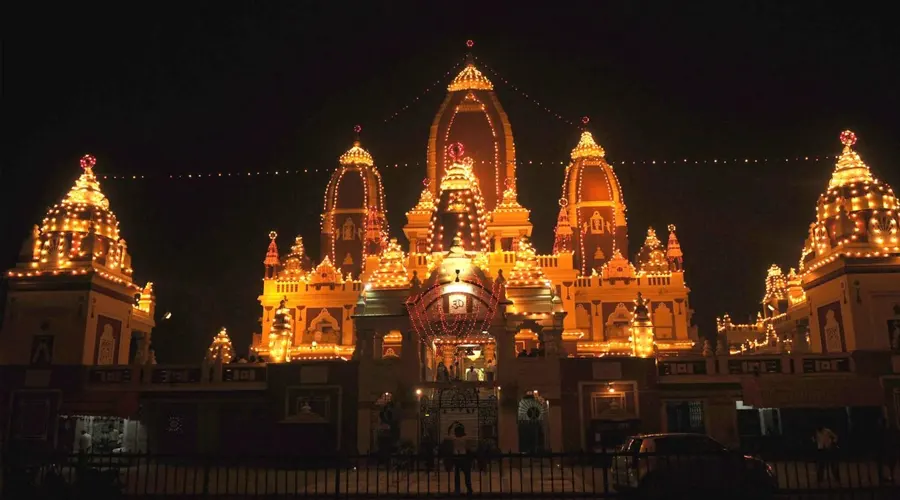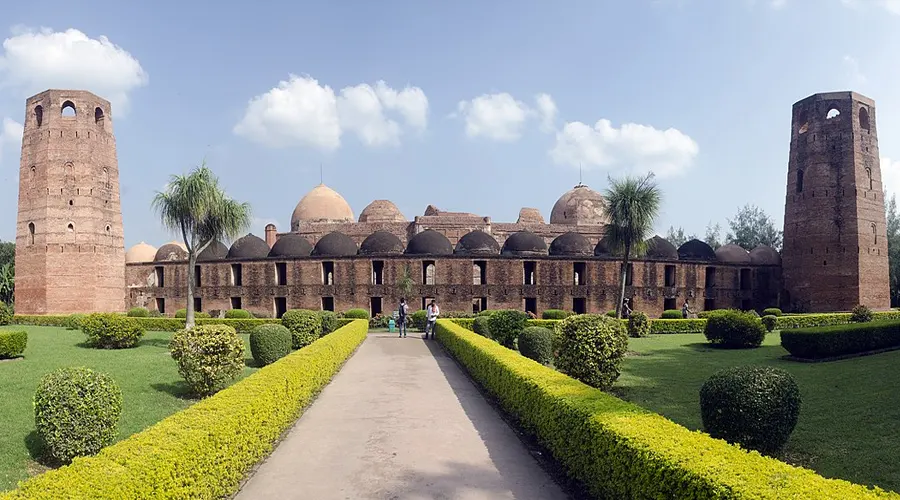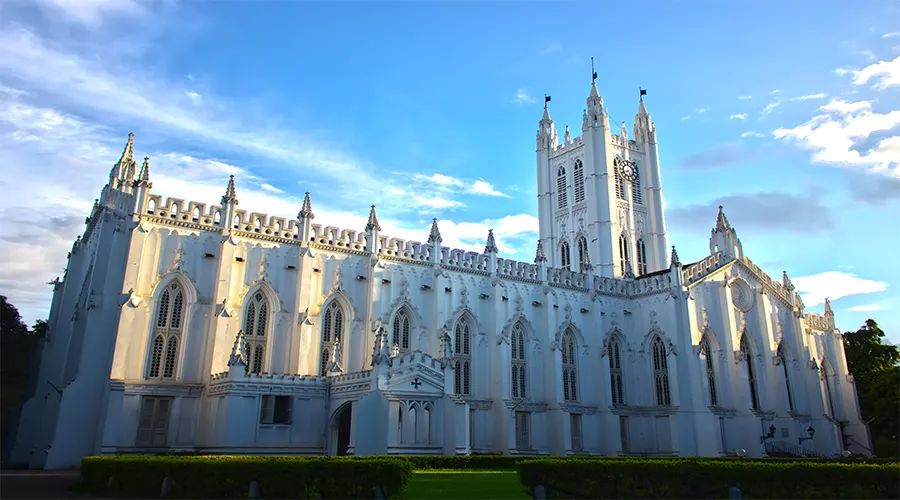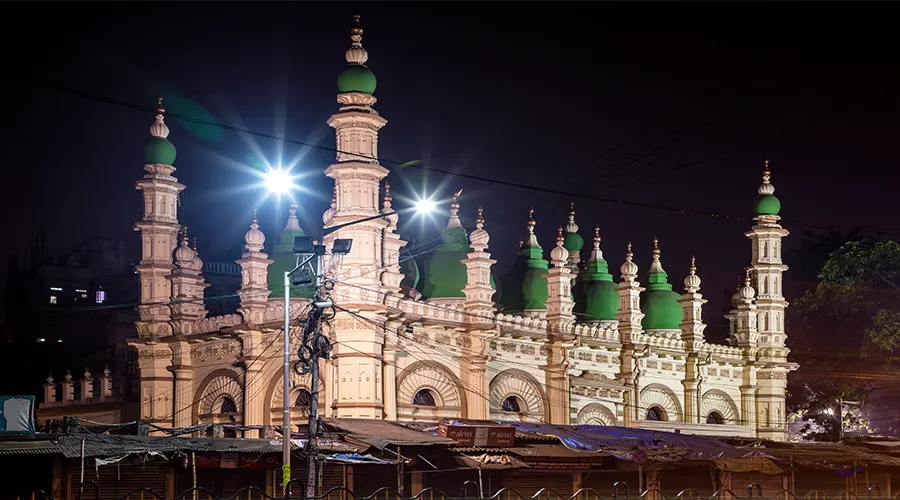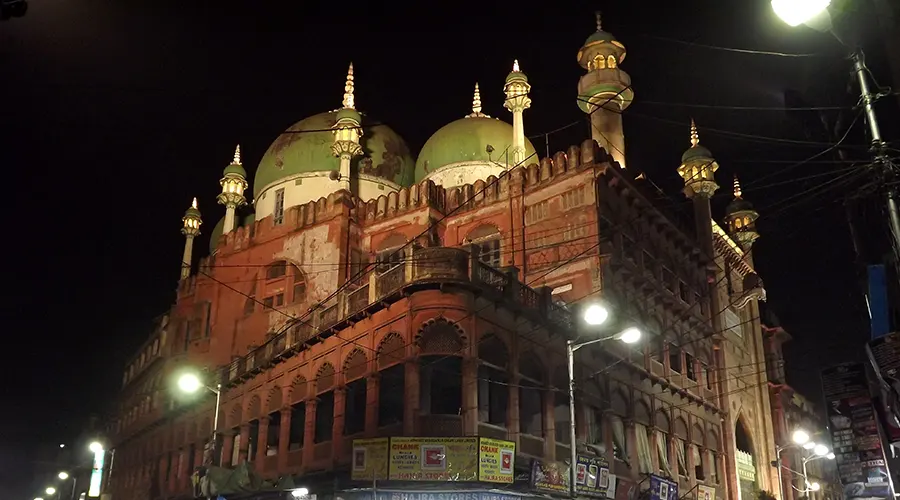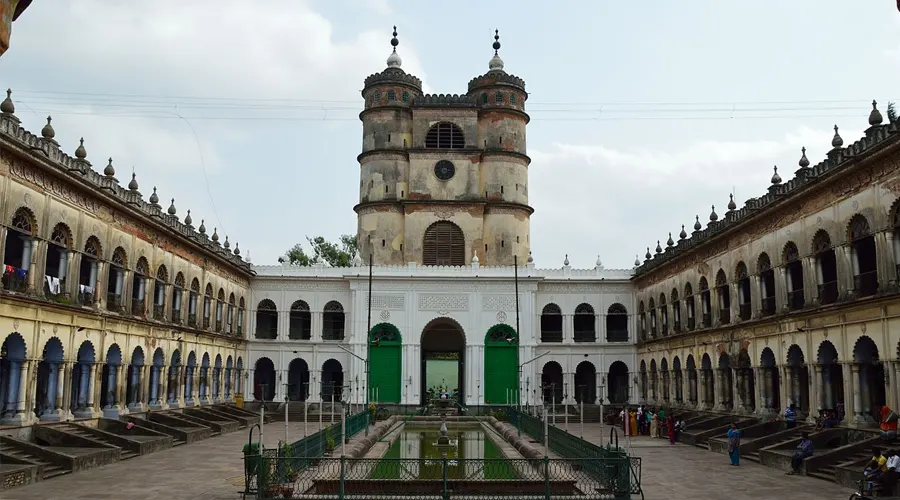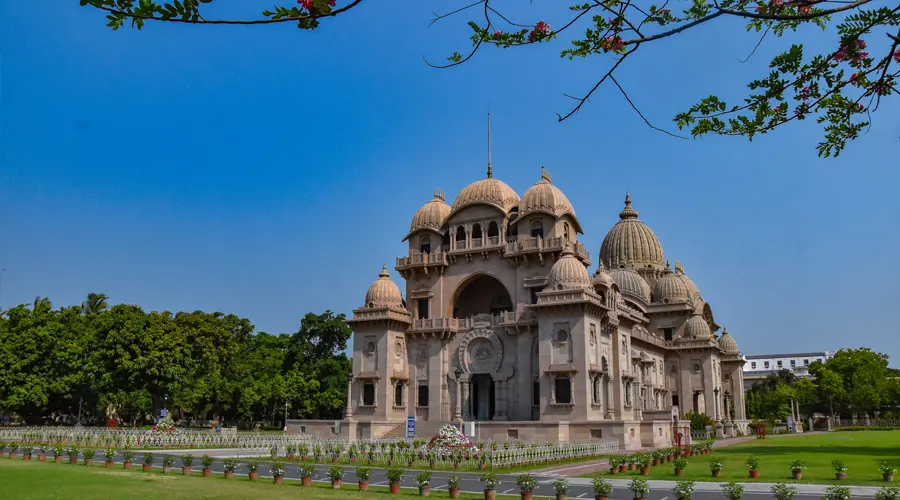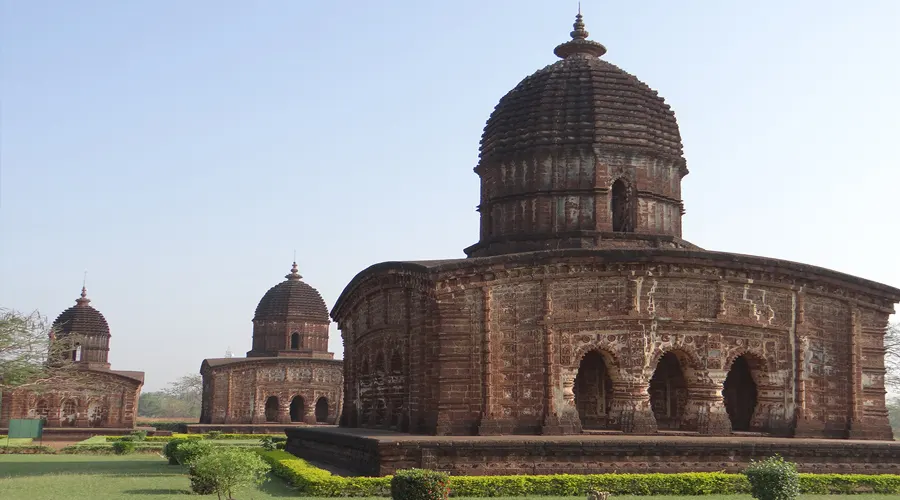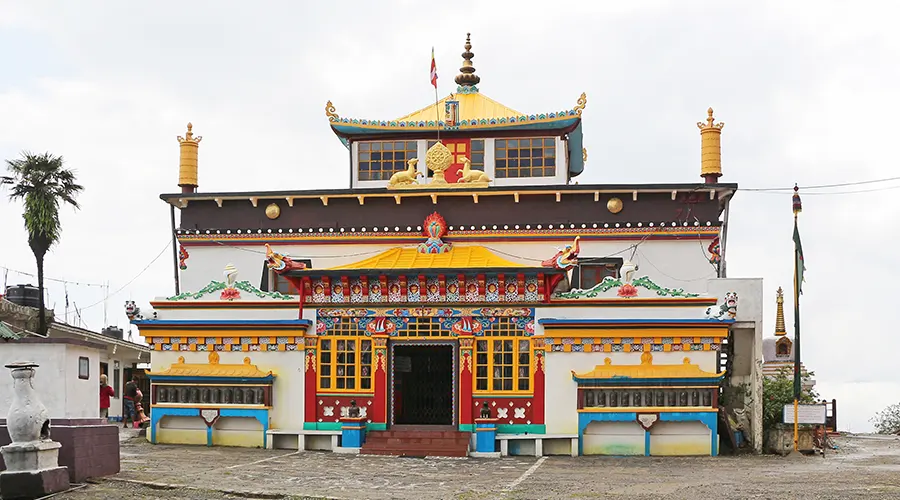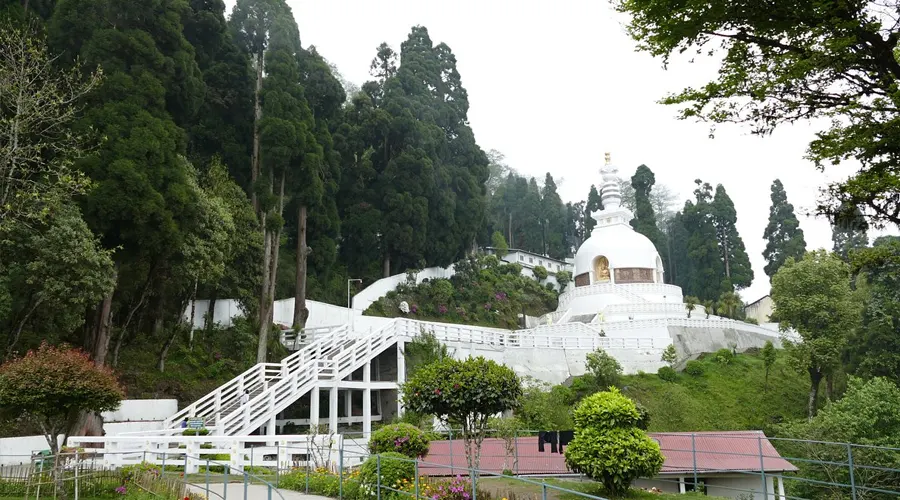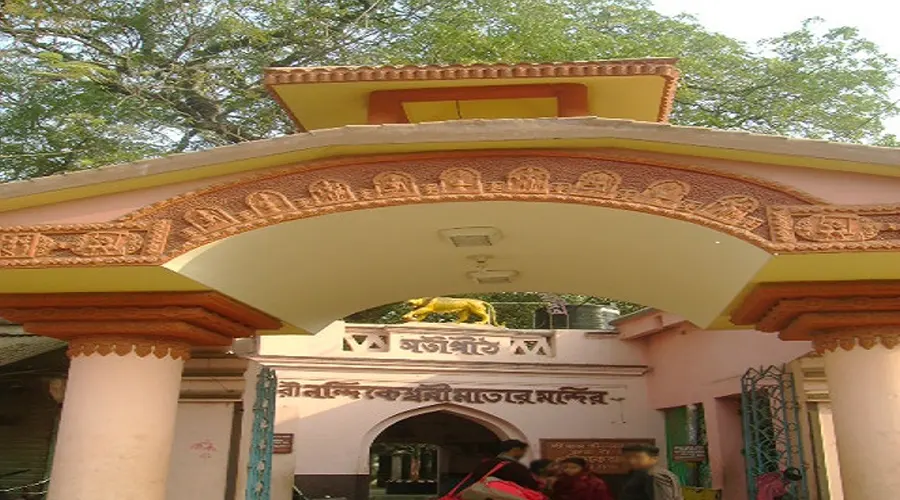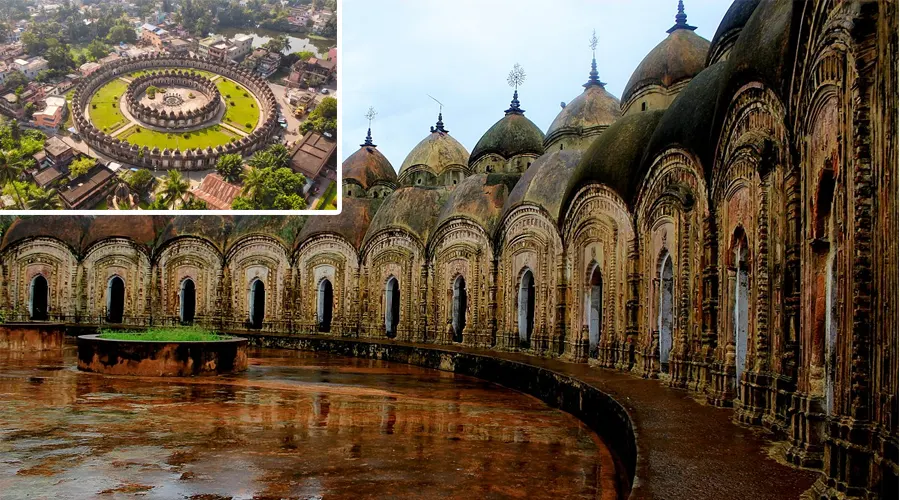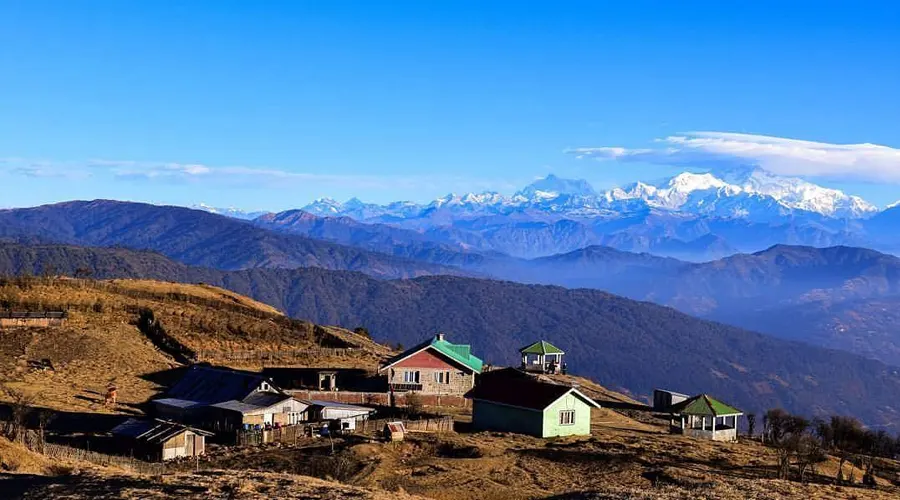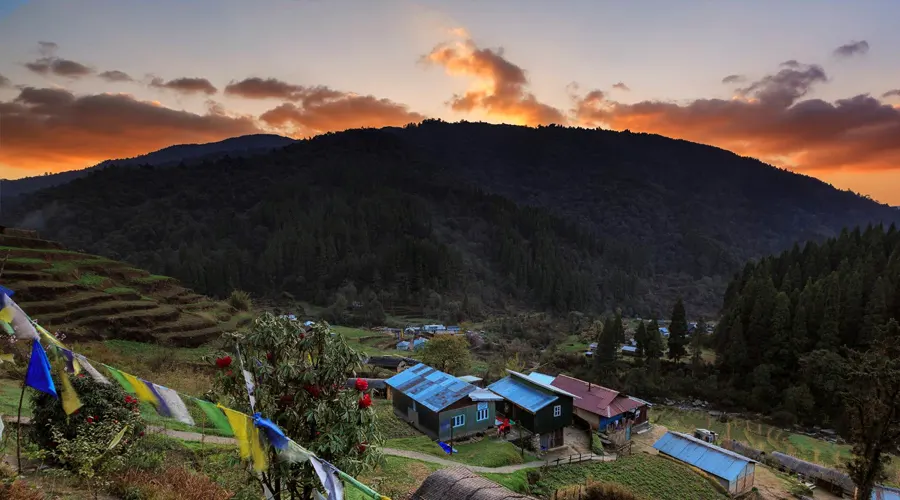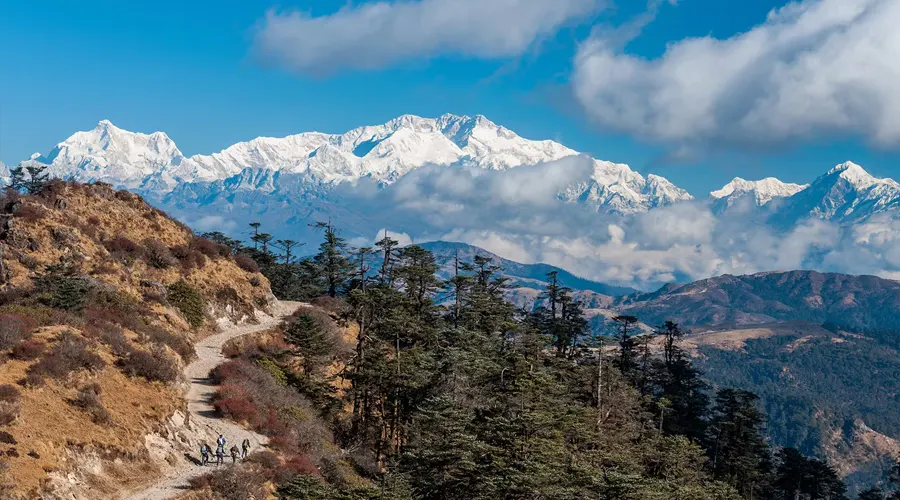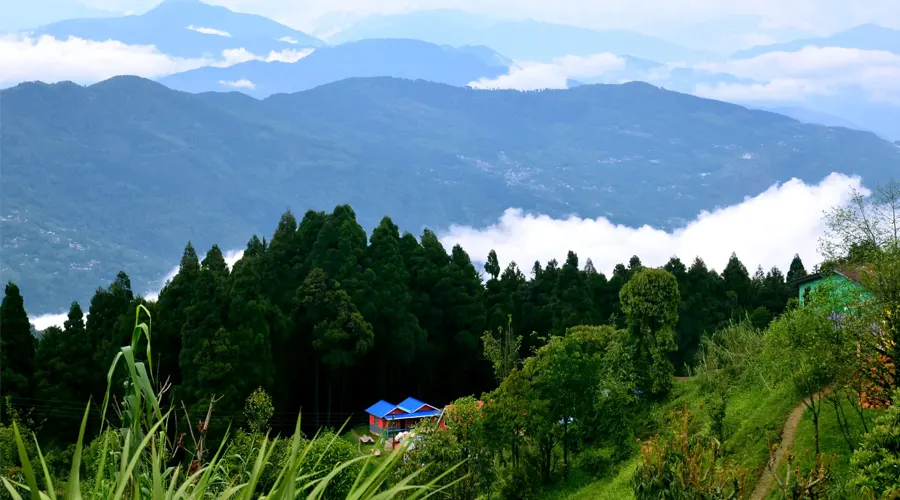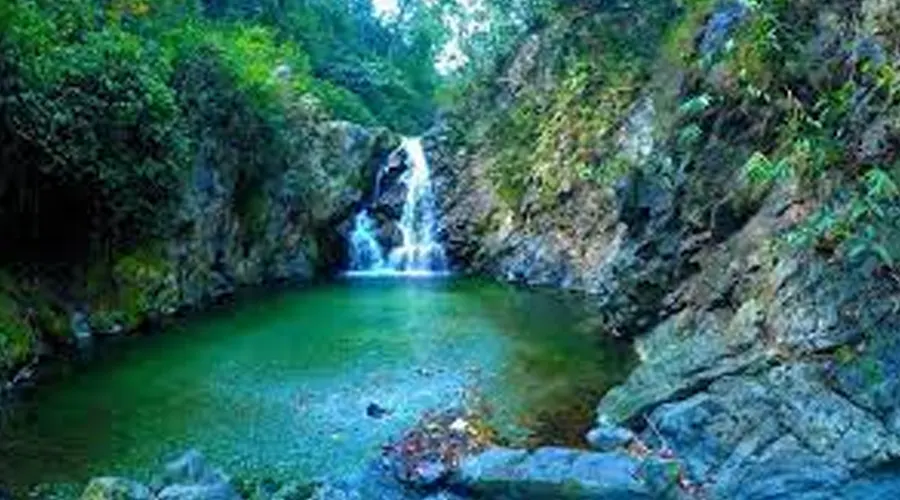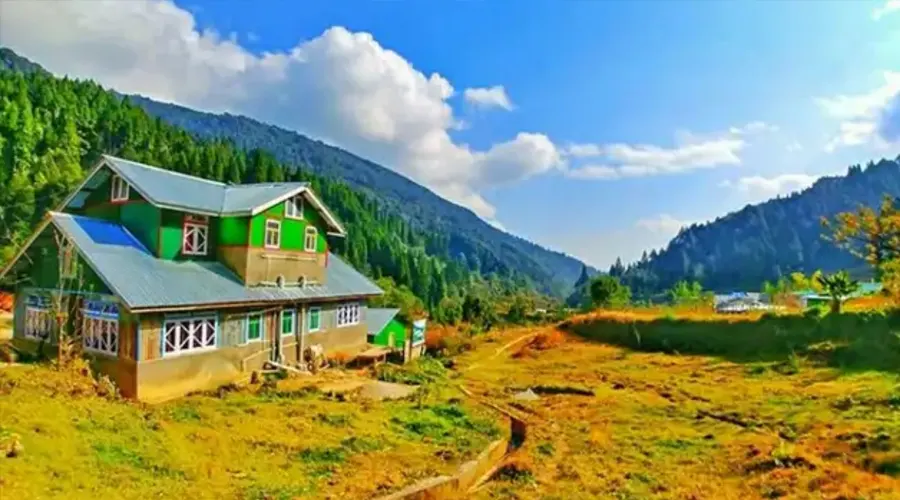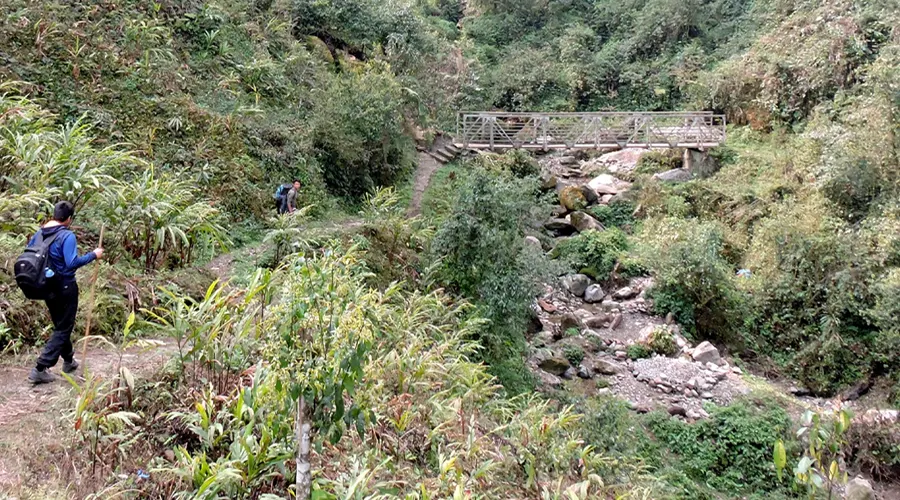Kalighat Kali Temple
A popular religious attraction of Kolkata, Kalighat Kali Temple is considered one of the 52 Shakti Peethas (places where the various parts of Sati's body are believed to have fallen, in the course of Shiva's Rudra Tandava) of India. Kalighat is said to be the site where the toes of the right foot of Sati fell.
In earlier years, the image of the deity was incomplete as only the face was constructed. Later on, over the years, the hands (made of gold and silver), the tongue, and jewelry were added to the idol of the goddess Kali. The temple receives a huge number of devotees, especially on auspicious occasions like Kali Puja, Poila Boishakh, Durga Puja, and the Bengali New Year's Day.
History of Kalighat Kali Temple
The present temple building was built in the 19th Century and is 200 years old. However, the temple’s reference has also been found in the 15th Century composition of Mansar Bhasan and also in Kavi Chandi which was published during the 17th Century. There is another mention of the Kalighat Kali temple in Lalmohon Bidyanidhis's 'Sambanda Nirnoy".
The original temple is said to have been a small hut structure which was later transformed into a proper temple commissioned by King Manasingha during the early 16th century. It was under the patronage of Sabarna Roy Chowdhury’s family of Barisha that the present structure was completed around 1809.
The question of whether the temple belonged to antiquity has been answered with great description and factual proof of the presence of coinage belonging to the Gupta Empire. The most popular archer coins that became famous during the Gupta rule after Kumargupta I were found in Kalighat, hence the proof of temple being even in the Gupta dynasty.
Architecture of Kalighat Kali Temple
The present structure of this highly revered Hindu shrine in Kolkata was constructed under the administration of Sabarna Roy Chowdhury in 1809. One of the key highlights of this place is the idol of the presiding deity which is characterized by three eyes, a protruding tongue, and four hands.
Other attractions inside the temple include Sosthi Tala, Radha Krishna Temple, Harkath Tala, and Kundupukar. Sosthi Tala is an altar about 3 feet high and houses a small cactus plant. Beneath the tree, there is an altar, on which are placed three stones. These are dedicated to Goddess Sosthi, Chandi Mongol, and Sitola. Radha Krishna Temple is known as Shyama-Rana temple and is situated on the western side of the Kalighat Kali Temple. The temple, as it stands today, was built in 1843 by Uday Narayan Mondal, a zamindar. Harkath Tala is the spot where animal sacrifice is performed whereas Kundupukur is a holy water tank. It is believed that the water of this tank is as holy as that of the River Ganga.
Inside Kalighat Kali Temple Kolkata
Natmandir
Natmandir is a huge rectangular verandah built adjacent to the central temple building. The natmandir was commissioned by Zamindar Kashinath Roy in 1835. When one climbs on to the natmandir, he/she can very clearly see the face of the Goddess’s image. Renovations of the structure take place every now and then.
Jor Bangla
Jor Bangla is the platform or verandah of the main temple right outside the sanctum sanctorum. The rituals inside the Garbha Griha can be seen from this platform too, apart from natmandir.
Sosthi Tala
The sosti tala is a three feet high rectangular platform that forms an altar for three stone structures that are represented and worshipped as three Goddesses namely, Sosti, Shitala and Mangal Chandi, considered to be a part of Goddess Kali herself. Sosti tala altar was constructed by Gobinda Das Mondal in 1880. The spot is believed to be the samadhi place of Brahmananda Giri.
The spot is also referred to as Monosha tala instead of Sosti tala at times.
Harkath Tala
Harkath Tala is located adjacent to Natmandir, towards the southern side. This spot is mainly used to carry out the bali or animal sacrifices. There are two wooden bali-peeths for carrying out animal sacrifices. The bigger one is used for sacrificing bigger animals like buffaloes whereas, the smaller one for smaller animals like goats.
The animals are sacrificed with a single stroke.
Radha-Krishna Temple
Also called as Shamo-Ray temple by the locals, this temple is located inside the temple premises towards the west of the main temple. The separate temple of Radha- Krishnan was built by a settlement officer of Murshidabad in the year 1723. Later, during 1843, a new temple structure was built (the current temple structure) on the same spot by a zamindar named Uday Narayan Mondal and the present Dolmanco was built by Madan Koley of Saha Nagar during the year 1858.
As a mandate, the kitchen for preparing bhog for Radha- Krishnan is a pure vegetarian kitchen which is kept separate from the usual kitchen.
Kundupukur
Situated towards the south east and outside the boundary walls of the main temple, Kindupukur is a sacred tank spread across an area of 7,200 square feet. It is believed to have been much bigger in size and also covered a bigger area than it is today. It was called ‘Kaku-Kund’ in the past.
The water of the tank is considered to be as sacred as the water of the Ganges.
Nakuleshwar Mahadev Temple
The Nakuleshwar Mahadev Temple is dedicated to Lord Shiva, the consort of Goddess Kali. This temple is situated on the opposite lane of the temple, right behind the police station. The name of the lane on which the temple is situated is known as Haldar Para Lane. The temple has found reference in historical mentions of the yore.

